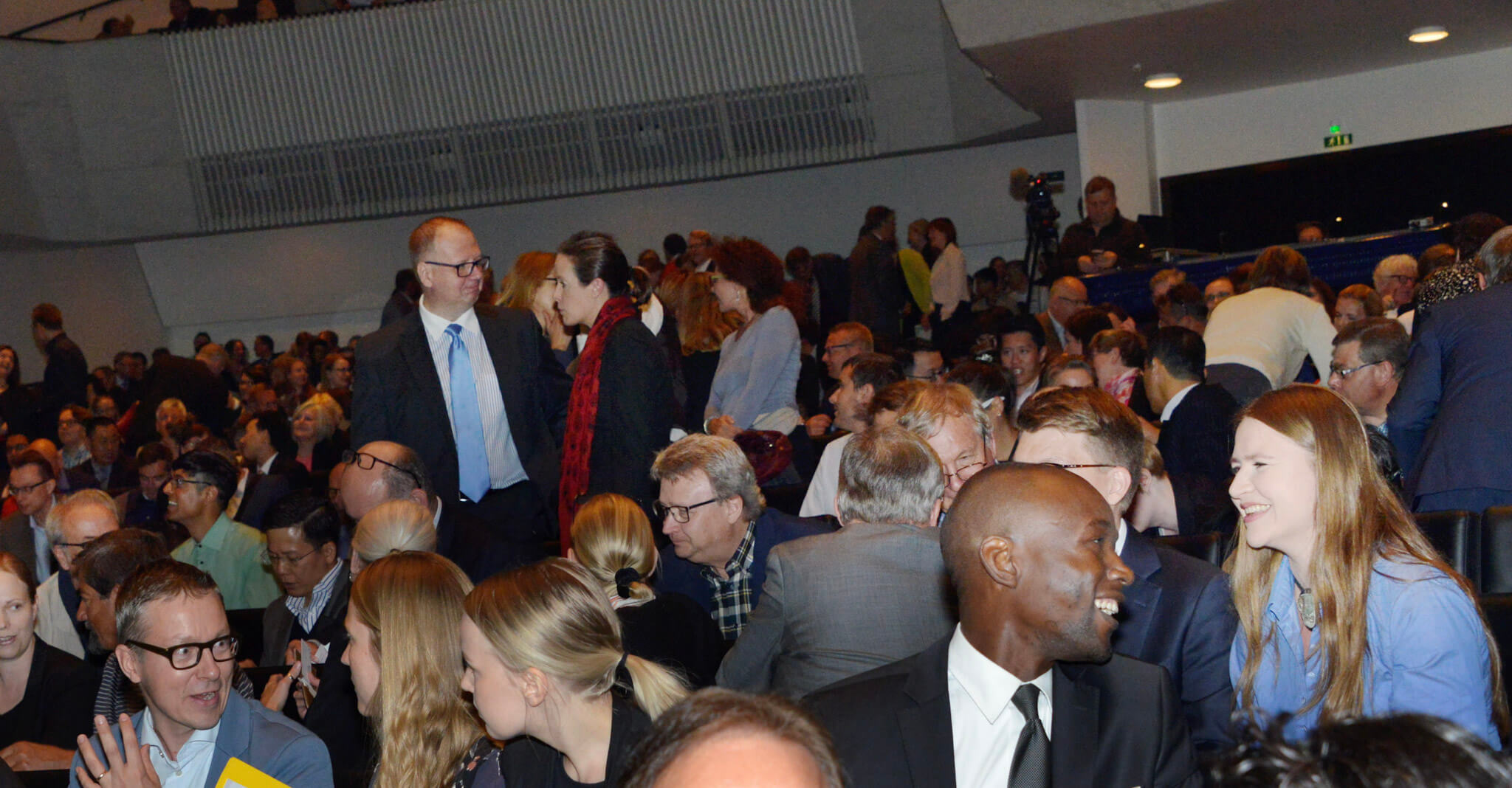Just days after president Trump announced he would withdraw from the historic Paris Agreement, over 1,500 people from 105 countries gathered to the World Circular Economy Forum 2017 (WCEF2017) in Finland. But if you expected to see a lot of sad faces, you were mistaken.
Quite the contrary. The mood in Helsinki was upbeat, even elated.
This may seem counter intuitive at first. A major nation turning its back on climate action and multilateral co-operation is clearly bad news for us all.
But the ministers and mayors, CEOs and professors, thinkers and writers attending the Forum saw the opportunities. They understood how the circular solutions presented at WCEF2017 could make a huge difference also in tackling the climate crisis.
The circular economy, in short, creates more value out of the scarce resources we have. It means upending the current linear “produce-use-throw” economic model with creative tools like remanufacturing, peer-to-peer sharing and urban mining.
What is common to most circular solutions is that they also cut climate pollution.
Replacing your car with mobility as a service? Less carbon released into the atmosphere. Brewing beer with left-over bread? Less carbon. Building your house with wood instead of concrete? Yes, you saw it coming: less carbon.
Analysts are trying to understand exactly how much circularity could contribute to climate action. A report last year estimated that circular economy could bridge as much as half of the remaining emissions gap – the difference between expected and needed emission pathways. Another study, released at WCEF2017 in Helsinki, identified circular solutions in food and housing as the most promising tools to cut emissions.
WCEF2017 delivered a hopeful message. We have plenty of solutions to make our economies more circular. Meeting the full potential will create a lot of business opportunities and new jobs. And by doing so we can dramatically cut climate pollution.
The transition to a circular economy is not driven only – or even primarily – by politicians. It is accelerated by businesses, researchers, activists and consumers. It is driven by market demand and common sense.
The transition can and should be supported by public policies such as R&D funding, taxation and public procurement. Smart policy choices can make the shift to a circular economy faster and smoother, maximising the benefits to people and the economy.
But political developments in any single country will not and cannot stop the transition. The markets will move on. The world will move on.
Countries and companies preparing and owning the transition will be the ones to reap the first and largest benefits. Countries and companies staying behind will have to catch up – and buy circular solutions from others, rather than providing them.
Perhaps that is what made the WCEF2017 attendees upbeat. They saw the opportunities in using circularity to create value and cut carbon – and they were ready to seize them.

















Recommended
Have some more.